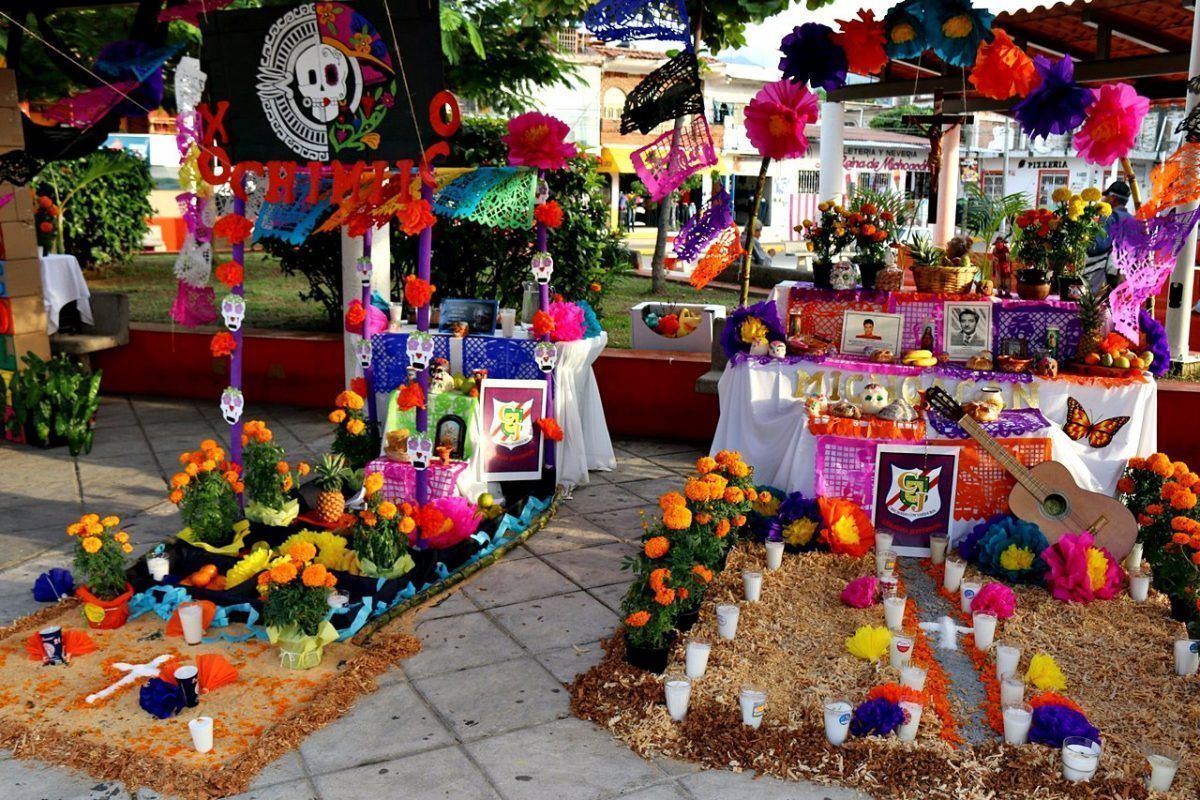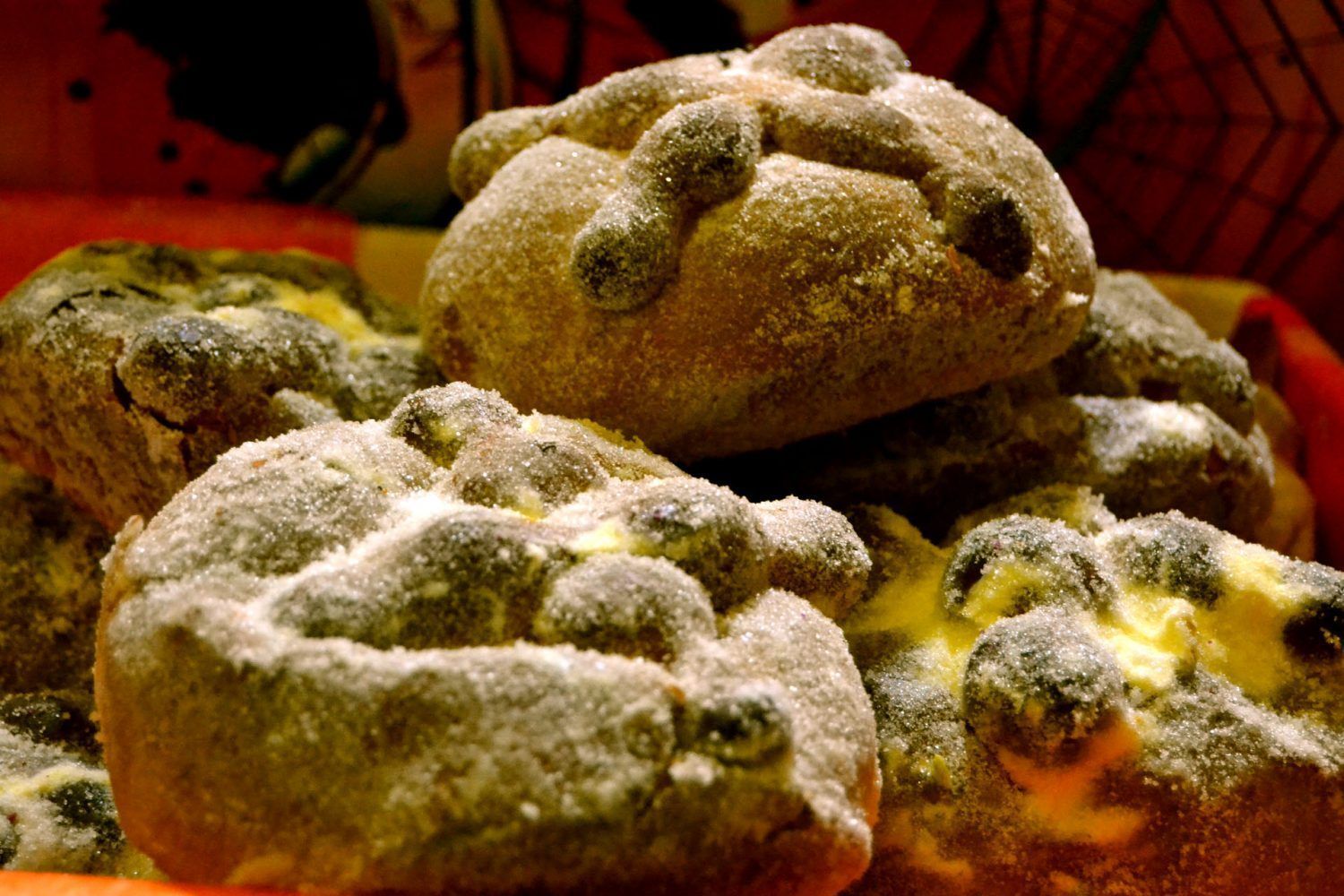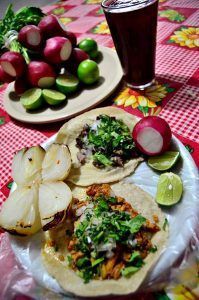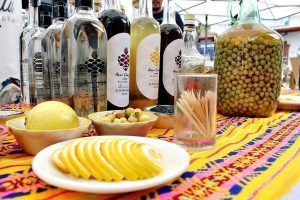The Day of the Dead in Mexico is a celebration full of colors and gastronomic recipes. Celebrating the Day of the Dead is celebrating life itself, to reunite with deceased loved ones.
Our beautiful bay is home to thousands of people from different regions of our country and even from neighboring countries. That is why we find an even wider variety of traditions and customs. Our visitors fall in love and make these beautiful celebrations their own. One of the most colorful is undoubtedly the celebration of the Day of the Dead, full of flowers, colors, devotion and many flavors. One of them is the traditional pan de muerto.
Preparation of bread of the dead
The best known bread of the dead is the round bread that represents the circle of life. It has a small ball located in the upper center that gives the image of a skull with four strips that represent the bones. This in turn symbolizes the four cardinal points or directions of the universe. The flavor of the orange blossom is for the memory of the already deceased.
In some southern regions such as Oaxaca, the bread that is used is the same as that of daily consumption. Simply by preparing it, it is dedicated to the deceased. In other areas such as the West, it is prepared with flour, yeast, milk, butter, cinnamon, egg, anise and orange blossom. There are regions where the bread is covered with a light layer of white or colored sugar. In others, sesame seeds are added.
Currently the bread of the dead has become a very popular bread that we can find on occasions from August to mid-November. It is present in bakeries, supermarkets, cafeterias and even in some convenience stores.
Mexican altars: millennial tradition

In many regions of the country, this bread is only prepared for these days. According to tradition, the dead return between the night of October 31 and the morning of November 2 to visit their relatives. These, full of taste, prepare their favorite dishes and add them to the offering that can be placed at home, on an altar or directly in the pantheon. The offering normally includes brightly colored chopped paper, cempasúchil flowers, water, salt, copal or incense, and the favorite dishes of the deceased remembered. Also typical sweets, drinks such as brandy, tequila or mezcal, pan de muerto, hot chocolate, sugar skulls and some photographs of the beloved departed.
It is said that during those nights, the souls of our loved ones return to their altar or where their offering is and once again enjoy the delicacies of this dimension.
As a tradition, it is also said that it is not advisable to eat the food placed in the offering since the deceased took the essence of what they have "eaten". I don't know if that's true or not, but I'd rather not find out...
Day of the Dead: the celebration of life
To celebrate the day of the dead is to celebrate life itself. For many Mexicans it means reuniting with their deceased loved ones. Dedicate a meal to them, remember them, pray with devotion and spend some time with them.
Without a doubt, the celebration of the Day of the Dead is giving yourself the opportunity to remember with love those who are no longer with you and to plan and act in your life as you want to be remembered by those who love you.




